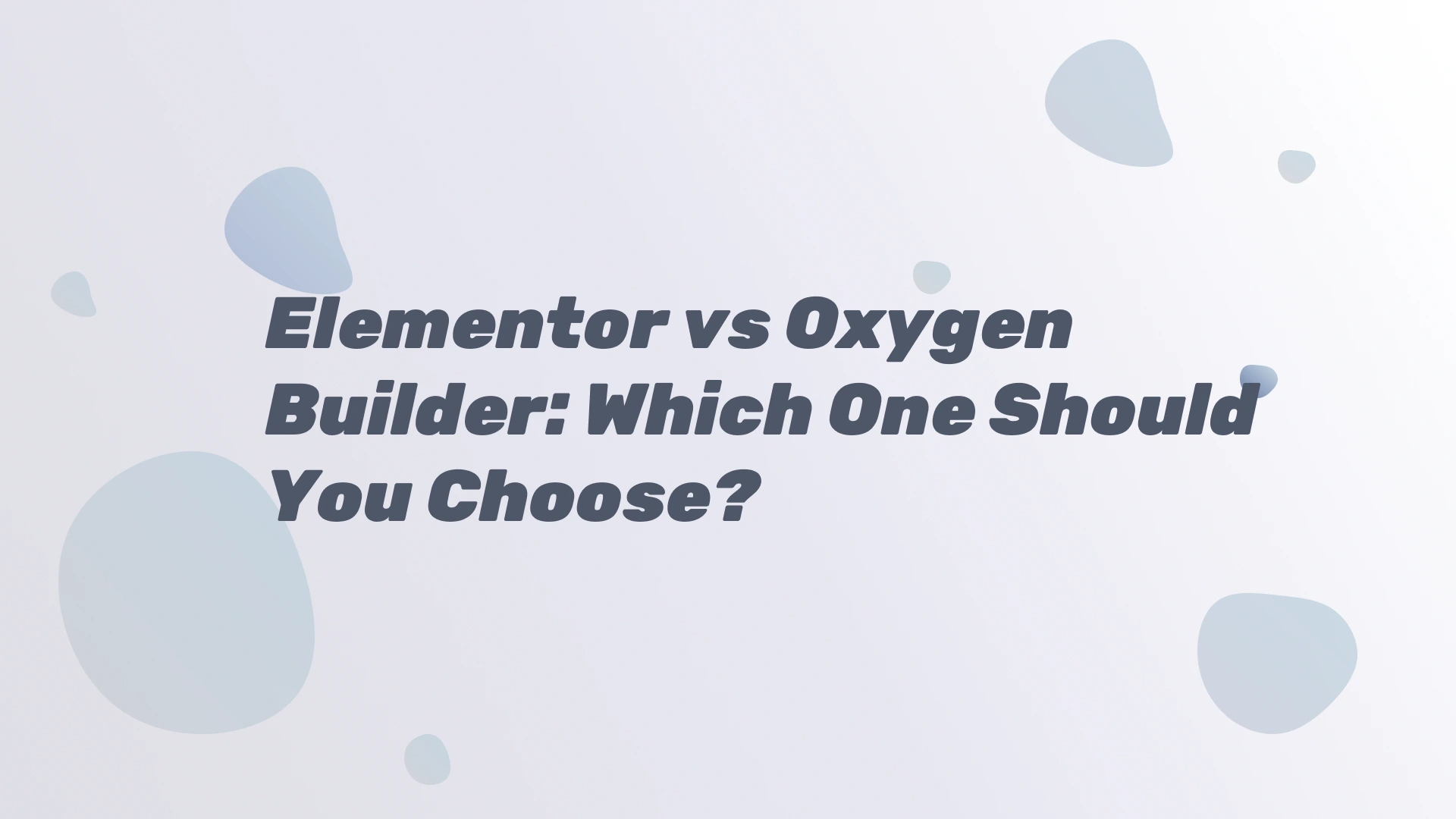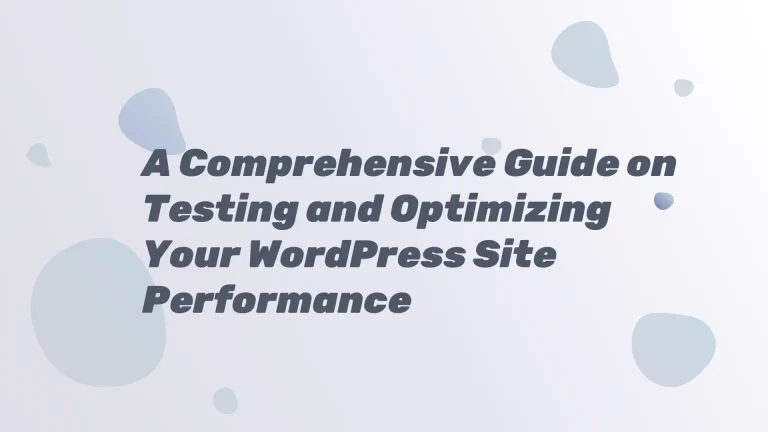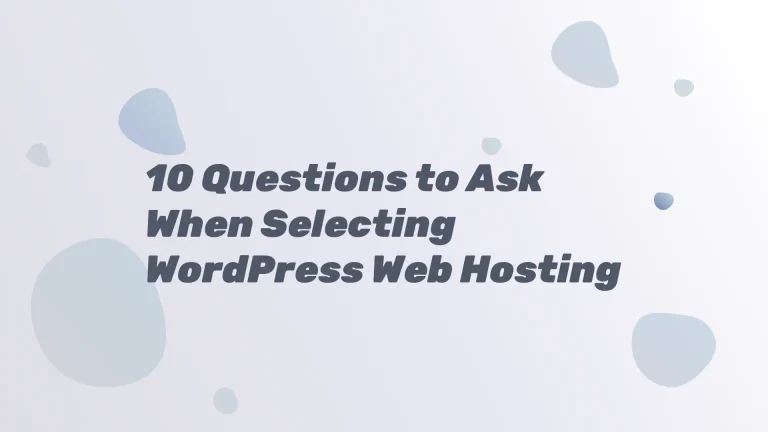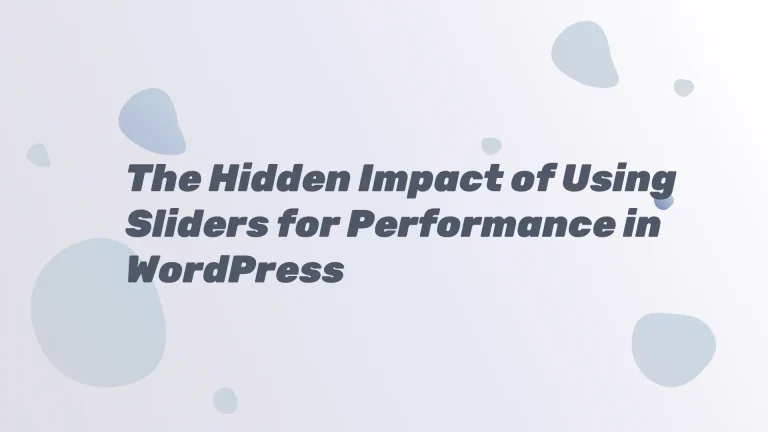When it comes to building a WordPress website, choosing the right page builder is crucial. Two of the most popular page builders are Elementor and Oxygen Builder. In this article, we will compare the two and help you decide which one is best for your needs.
What is Elementor?
Elementor is a dedicated page builder plugin that allows you to create custom pages and posts using a drag-and-drop interface. It comes with a wide range of pre-built templates and widgets that you can use to create stunning designs. Elementor also offers a theme builder that allows you to customize your WordPress theme without any coding.
What is Oxygen Builder?
Oxygen Builder is a site builder plugin with page-building features. It disables the Themes section within WordPress so you can only use the theme the plugin comes with natively. Oxygen Builder is known for its flexibility and speed. It offers a wide range of customization options and allows you to create custom designs without any coding.
User Interface and Ease of Use
When it comes to user interface and ease of use, Elementor is the clear winner. Elementor’s UI is much cleaner and is, therefore, much easier to use. Everything is contained within a left-hand sidebar without creating clutter. You can even hide this bar to view your page in full. Oxygen Builder uses a clean UI inside of a cluttered layout. While it’s easy to find what you need, the viewport for your page is minimized by up to three bars. The main bar is on the left-hand side, and it’s quite wide. It’s where you configure settings for elements, sections and columns. A shorter bar spans the width of the top of the builder. It’s where you can add elements and access other quick-use buttons. You can hide these bars temporarily to view your page without the builder, but the top bar is always visible when the left sidebar is. A third sidebar sometimes appears on the right temporarily, such as when you click the Structure button to reveal the page’s structure.
Templates
Pre-made templates are another important element why users love page builders. They save so much time and are super useful when building new WordPress websites. Elementor offers a wide range of pre-built templates that you can use to create stunning designs. Oxygen Builder also offers pre-built templates, but they are not as extensive as Elementor’s. However, Oxygen Builder allows you to create your own templates from scratch, which is a great feature if you want complete control over your design.
Performance
When it comes to performance, Oxygen Builder is the clear winner. Oxygen Builder is known for its speed and flexibility. It offers a wide range of customization options and allows you to create custom designs without any coding. Elementor, on the other hand, can be a bit slow at times, especially if you’re using a lot of widgets and plugins.
Pricing
Elementor offers a free version and a paid version. The free version comes with basic features, while the paid version offers more advanced features. The paid version starts at $49 per year for a single site. Oxygen Builder, on the other hand, is a bit more expensive. It starts at $99 per year for a single site.
Conclusion
Both Elementor and Oxygen Builder are great page builders for WordPress. Elementor is the clear winner when it comes to user interface and ease of use. It also offers a wide range of pre-built templates that you can use to create stunning designs. Oxygen Builder, on the other hand, is known for its speed and flexibility. It offers a wide range of customization options and allows you to create custom designs without any coding. If you’re looking for a page builder that is easy to use and offers a wide range of pre-built templates, then Elementor is the way to go. If you’re looking for a page builder that is fast and flexible, then Oxygen Builder is the way to go.
I hope this helps you make an informed decision. Let me know if you have any other questions!





